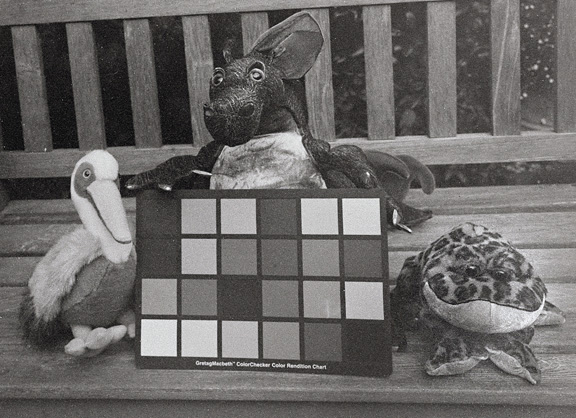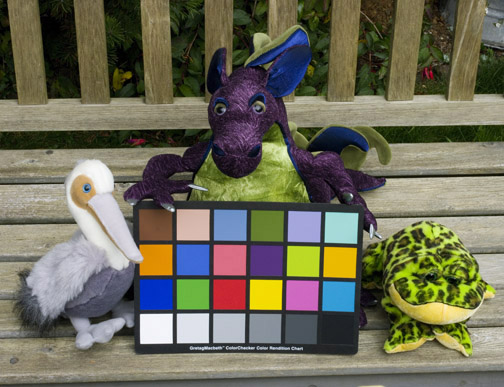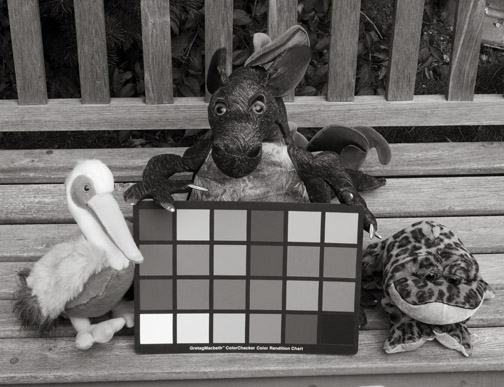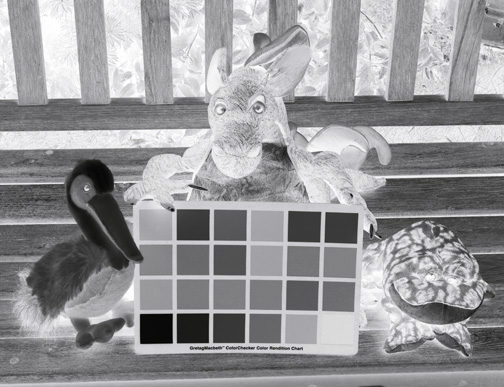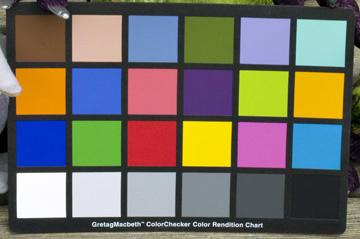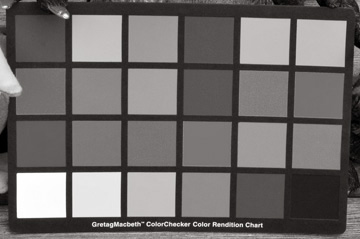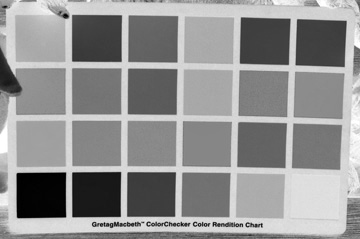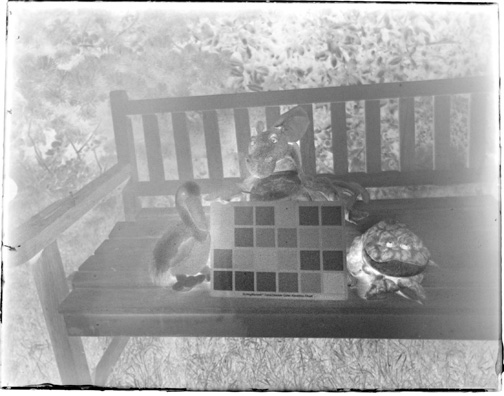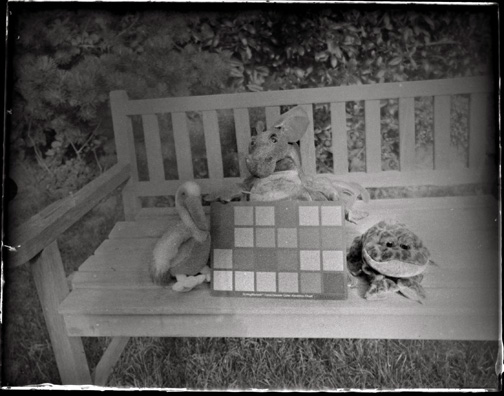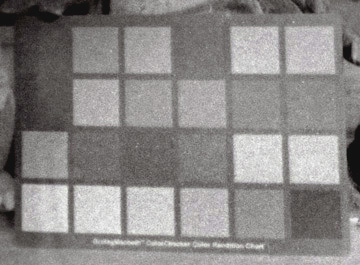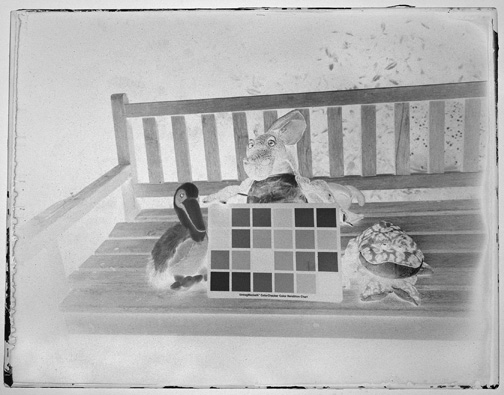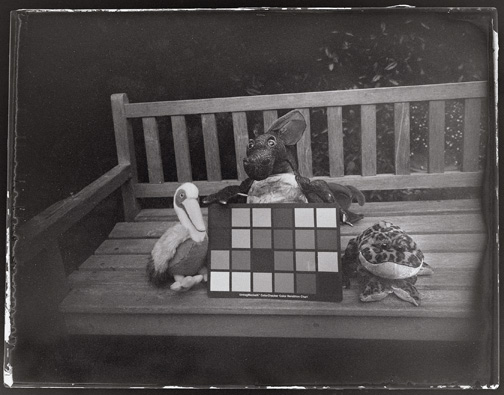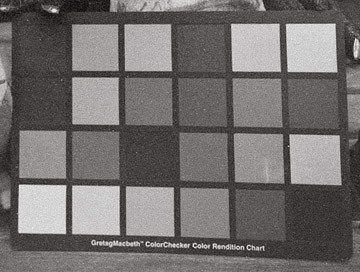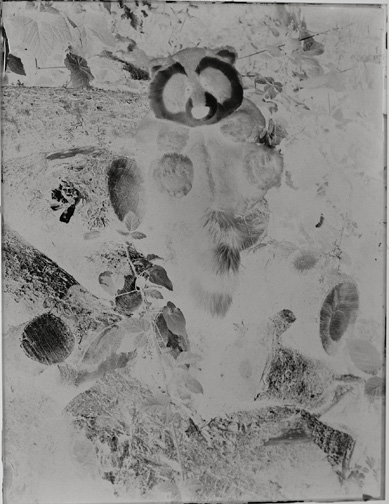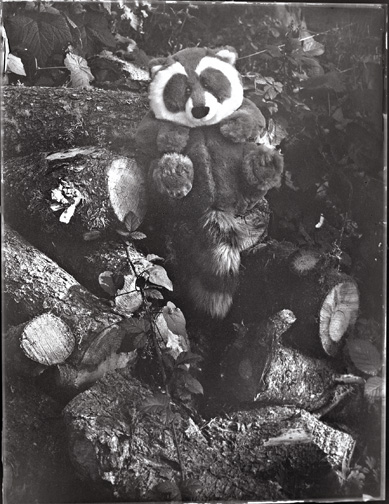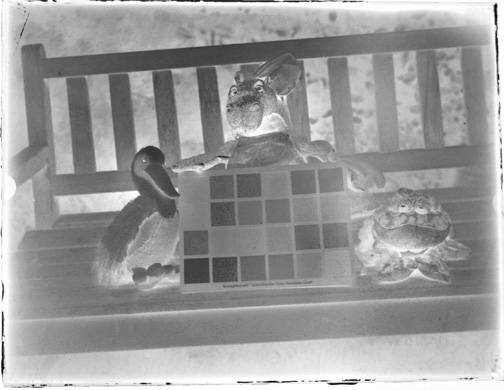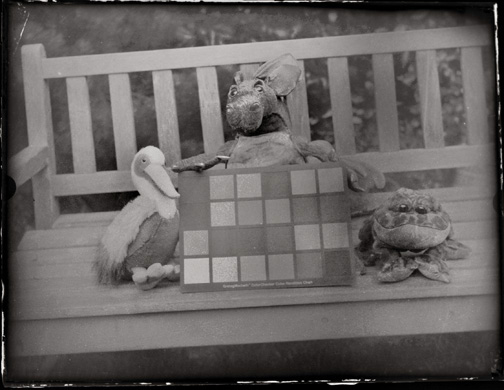|
Since the beginnings of photography, rendition of color and brightnesses have been
conventionalized by the limitations of the negative material. In
the early days, with the color-blind plates sensitive only to blue
light, we became accustomed to white skies, dark lips, and very dark
foliage. Later, with orthochromatic emulsions, responding to all
parts of the spectrum except deep orange and red, foliage could be
rendered more faithfully, but skies were still light and blank, lips
still dark, and the rendition of clouds in landscape was considered a
great feat. But with the appearance of the panchromatic emulsions,
responding to the entire visible spectrum, we grew accustomed to dark
skies (exaggerated by the use of filters), light lips, and many other
representations that have become as "conventional" as those of earlier times.
The modern photographer, however, has such a wide choice of negative
materials, together with filters to modify their effects, that he need
be bound by no conventions of expression. After learning
— through experience plus logical experimentation —
the differences between emulsion types, and the effects of various filters
on tonal values and contrast, he has available a stimulating gamut of
interpretive possibilities.'
Ansel Adams, The Negative, 1948, pp 4-5.
| 


























